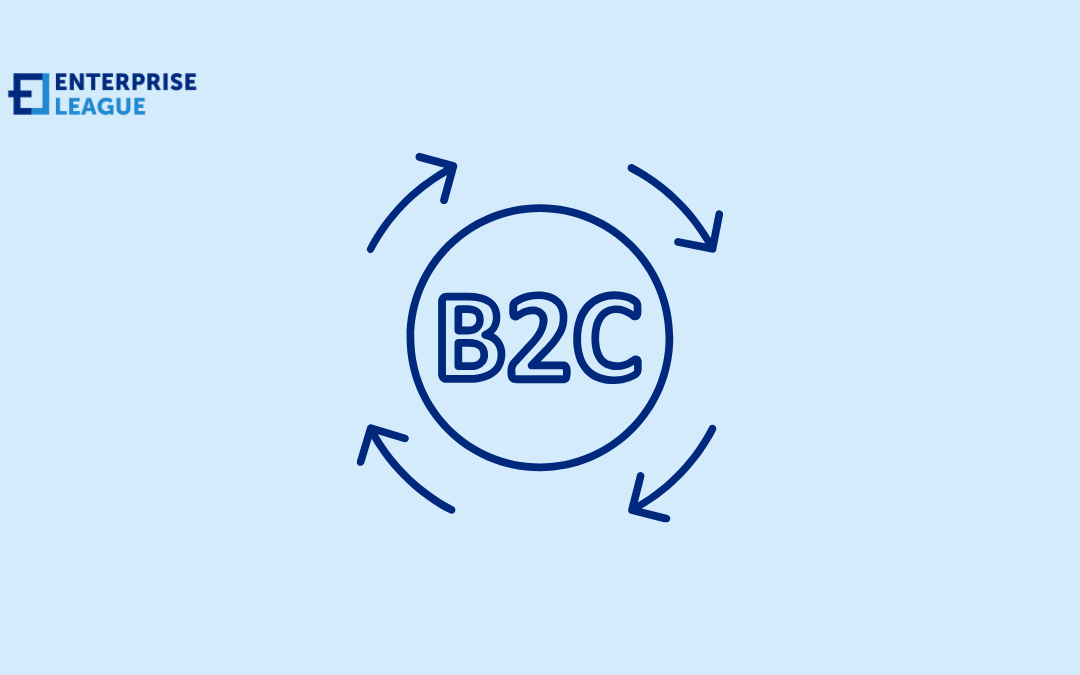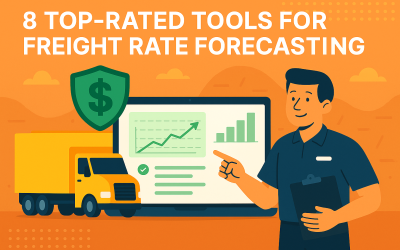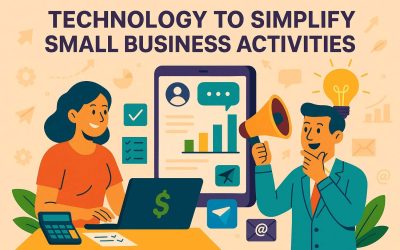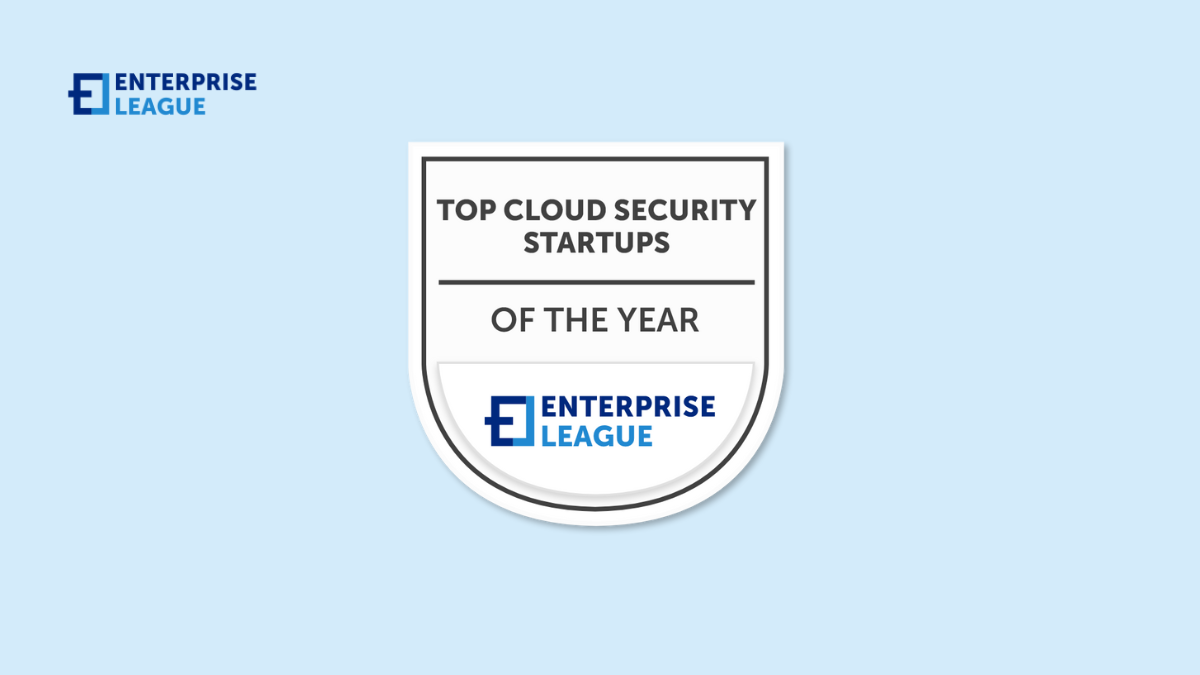Industrial operations depend on knowing where equipment, tools, and materials are at all times. New tracking systems now make it possible to monitor these assets with greater accuracy and efficiency than ever before. Looking at the companies leading this technological...

Understanding the business-to-consumer business model
The business-to-consumer business model creates direct commercial relationships between companies and individual customers. This approach powers everything from retail stores to subscription services, forming the commercial experiences most people encounter daily and it’s no wonder why the market size is expected to exceed USD 37.72 trillion by 2034. Companies using this model sell products or services directly to the people who use them, without intermediaries or resellers handling the transaction. B2C startups often find this model particularly accessible, allowing them to test ideas and reach customers with minimal infrastructure.
Unlike complex corporate purchasing processes, individual consumers typically make decisions more quickly and based on different factors. With lower individual transaction values but higher volumes, this model requires specialized strategies that differ significantly from business-to-business approaches.
How business to consumer business model works
Think of the business-to-consumer business model as a store selling directly to shoppers. A company makes products people want to buy, like clothes, food, or digital subscriptions. They put these products in places easy for customers to find, such as physical stores or websites. When you buy something at Target or order from Amazon, that’s B2C in action.
Companies need to advertise so people know about their products. They set prices that customers will pay while still making enough profit to stay in business. Good customer service keeps people coming back. B2C businesses make money by selling lots of items to many different customers, rather than making a few big sales to other businesses.
Core principles of business to consumer business model
Successful business-to-consumer models operate on several essential principles. Consumer insight forms the foundation, with companies researching what customers want and how they shop, while strategic pricing balances competitiveness with necessary profit margins and simplified buying processes eliminate obstacles that prevent purchases.
A strong brand identity helps companies stand out and build recognition. Trust development through quality and transparency encourages customer loyalty. Also, adaptability allows businesses to upgrade with changing consumer preferences, ensuring continued relevance in dynamic markets.
Building the right B2C business
Building a successful B2C company requires thoughtful planning and strategic execution, not just good products. Market research forms the critical first step, helping identify genuine customer needs and potential gaps in existing offerings. Competitive analysis, coupled with an honest assessment of your capabilities, helps determine where your business can truly excel.
Your value proposition must be crystal clear, answering why customers should choose you over alternatives. The right technology infrastructure, whether physical stores or digital platforms, creates the foundation for smooth operations and pleasant customer experiences. Important considerations include:
- Select the right sales channels for your target audience
- Develop memorable branding that stands out
- Create realistic financial projections and funding plans
- Build customer service capabilities from day one
- Establish data collection systems for ongoing insights
Many successful B2C businesses start small, testing concepts in limited markets before expanding, which reduces risk and allows for refinement of the business model through practical experience.
Business-to-consumer vs. Traditional models
Business-to-consumer models work differently than traditional retail approaches, creating important advantages for companies that understand these differences.
- Distribution chain: Traditional retail relies on middlemen like wholesalers and distributors before products reach consumers, while B2C businesses sell directly to customers, cutting costs and speeding up the process
- Physical presence: Traditional models require expensive stores, large inventories, and more staff, while many B2C businesses operate with minimal physical footprint or completely online
- Market reach: Traditional retail typically serves local or regional customers, while B2C models, especially digital ones, can reach customers anywhere with internet access
- Customer relationships – Traditional retail often creates anonymous transactions, while B2C businesses build direct relationships with customers, collecting valuable data and feedback
- Pricing structure: Traditional models add markups at each step of the distribution chain, while B2C can offer better pricing through operational efficiencies and eliminated middlemen
- Feedback cycles: Traditional retail gets limited, delayed customer feedback, while B2C models can gather immediate insights and quickly adjust offerings
Companies now have more options to reach customers directly, cutting out unnecessary steps while giving shoppers better prices, selection, and convenience than traditional retail could offer.
Conclusion
With the right approach, you can access a huge market and create a thriving business without the complexities of selling to other businesses, and remember, good customer experiences are key to keeping those individual buyers happy.
More must-read stories from Enterprise League:
- Common hiring mistakes that employers make and how to prevent them.
- Things to consider before deciding on a business location.
- The importance of customer-focused strategy for your business.
- Unique and profitable drone business ideas you should be aware of.
- Warning signs of a terrible boss that everyone must be aware of.
Related Articles
6 Companies Shaping The Future Of Industrial Asset Tracking And Driving Innovation
What Is the Best Way to Buy UV Protection Shade Structures for Parking Lots
Parking lots are often exposed to intense sun, creating challenges for both business owners and customers. UV protection shade structures for parking lots are engineered solutions that provide shelter from harmful rays while keeping vehicles cooler. These are more...
8 Top-Rated Tools for Freight Rate Forecasting
Freight rates have become relatively unpredictable in the last decade, making it difficult for businesses to make informed decisions about managing shipping operations. The best way to combat this is to get data-driven predictions through advanced tools that analyze...
How to Leverage Technology to Simplify Small Business Activities
Running a small business often means wearing multiple hats, from managing operations and finances to marketing and customer service. Technology has made it possible for business owners to streamline daily tasks, save time, and focus on growth. This article shows...
12 Profitable Warehouse & Distribution Business Ideas in 2026
When it comes to modern commerce and the movement of products and equipment, warehousing and distribution businesses and networks form the essential foundation of the supply chain. With the dramatic rise of e-commerce, global trade, and same-day delivery...






















